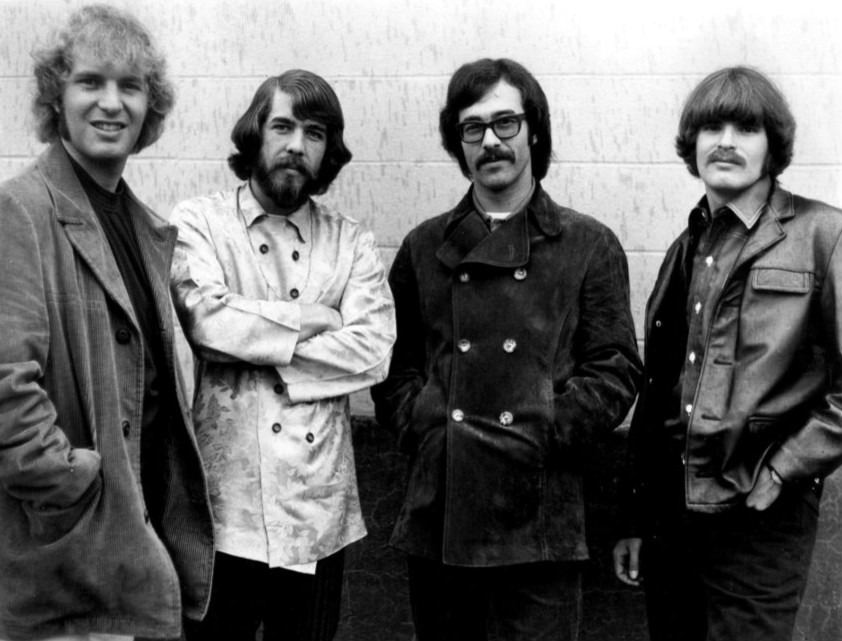Creedence Clearwater Revival or also known as CCR or Creedence was a rock band that became popular from 1968 to 1972. The band consisted of Tom Fogerty, John Fogerty, Doug Clifford, and Stu Cook. They were band members since 1959, and they were first known as the Blue Velvets and the Gowlings before they decided to settle with the name Creedence Clearwater Revival. The band is known for having a musical style encompassing swamp rock, blues rock, and roots rock. In this article, we are going to learn more about the iconic Creedence Clearwater Revival.
History of the Band
Brothers John and Tom Fogerty are both singer-guitarists. In 1959, they decided to join forces with drummer Doug Clifford and bassist Stu Cook, who happens to be their junior-high-school classmates in El Cerrito, California. They initially called their band the Blue Velvet, but not long after, they changed it to the Golliwogs. After the band received marginal success, they once again decided to change their name to Creedence Clearwater Revival in 1967. John Fogerty became the band’s lead singer, sole songwriter, and lead guitarist. A year after that, the band released their self-titled debut album under Fantasy label. The album was filled with psychedelic clichés, but it was still able to earn a gold album status. The album’s success was followed up by “Suzie Q (Parts 1 and 2),” which was a cover of the Dale Hawkins rock song. The song cover was able to climb the 11th spot of the American charts.
After the modest debut of the said cover song, the band decided to release their follow-up album entitled Bayou Country in 1969. On the said album, John Fogerty sang with raw and grainy enthusiasm. It is also evident in the album that the band drew inspiration from the Southern rock and roll and blues.
The band went on constant touring, which helped establish them as one of the era’s most exciting live acts. John Fogerty continued to write an extraordinary string of hit singles, and his bandmates created driving dance tunes. The eventually made the hit songs “Bad Moon Rising” which they released in 1969, and “Who’ll Stop the Rain” released in 1970. Both of the songs discussed the Civil and Vietnam war without explicitly referring to those events. From the start of 1969 up until the later part of 1970, Creedence Clearwater Revival ruled the American pop charts. During this period, the band released three other albums, namely Willy and the Poorboys and Green River in 1969, and Cosmo’s Factory in 1970. The said albums collected several hit songs such as “Down on the Corner,” “Green River,” “Travelin’ Band,” and “Up Around the Bend.”
In 1971, Tom Fogerty decided to leave the band as the song “Have You Ever Seen the Rain?” climbed the charts’ top. Stu Cook and Doug Clifford wanted more fame, that is why the band made their album Mardi Gras and released it in 1972 despite Tom Forgerty’s departure. However, the album was met with critical and commercial failure, which resulted in the band’s disbandment a year after. Creedence Clearwater Revival was not like most 1960s acts because they never attempted to stage a reunion.
Tom Fogerty pushed through his solo career until his death. While Stu Cook and Doug Clifford decided to work as a rhythm section behind different artists. The two of them also started a touring version of Creedence along with other musicians in 1995. On the other hand, John Fogerty’s solo career was stained with several legal battles over royalties and long intervals between albums. But, John managed to triumph in 1997 when he released the Grammy Award-winning album Blue Moon Swamp. In 1993, Creedence Clearwater Revival was inducted into the Rock and Roll Hall of Fame.

